For the past few years, I walk along the bridges and riverbanks of Pune, taking pictures of the unique happenings here. I have made several silent friends who sit at the riverbanks grazing their cattle, or recline on the bridges, looking at the river. As a photographer, their body language and stories have fascinated me, as has the river.
During the initial days of COVID19 lockdown, I talked with some fisherfolk fishing in the Mutha, one of the most polluted rivers in the country. One evening I saw a group of men entering the river with a small net and I assumed they were fishing. I climbed down the stairs of the bridge to watch. But they were not fishing. They were hauling up sludge and mud from the bottom of the river and putting it in mesh nets.
These are the Worm Collectors of the City, who literally live off a polluted river, at personal peril.
Worm Collectors collect Tubifex worms (also called Sludge worms) which inhabit anaerobic sludge made by a combination of solid waste, sewage and silt. These worms are either dried or washed and sold to aquariums. While the men make hardly one day’s wage collecting the worms, dried worms are sold at nearly Rs 4,000-5,000/ Kg by Aquariums.
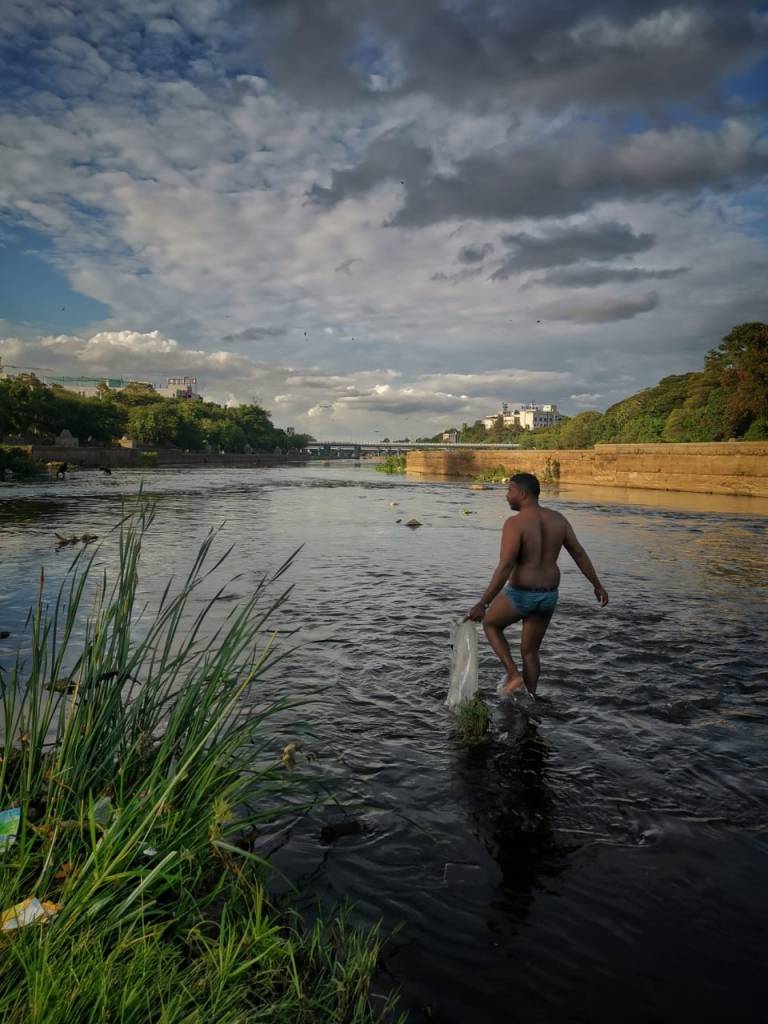
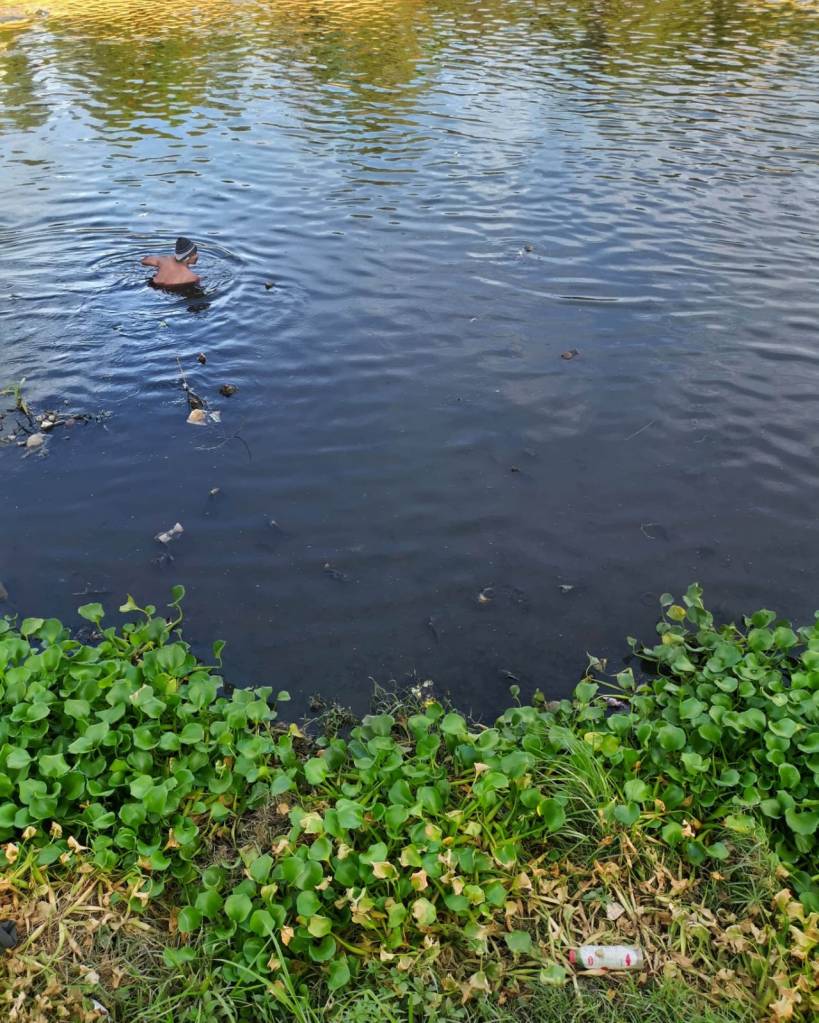
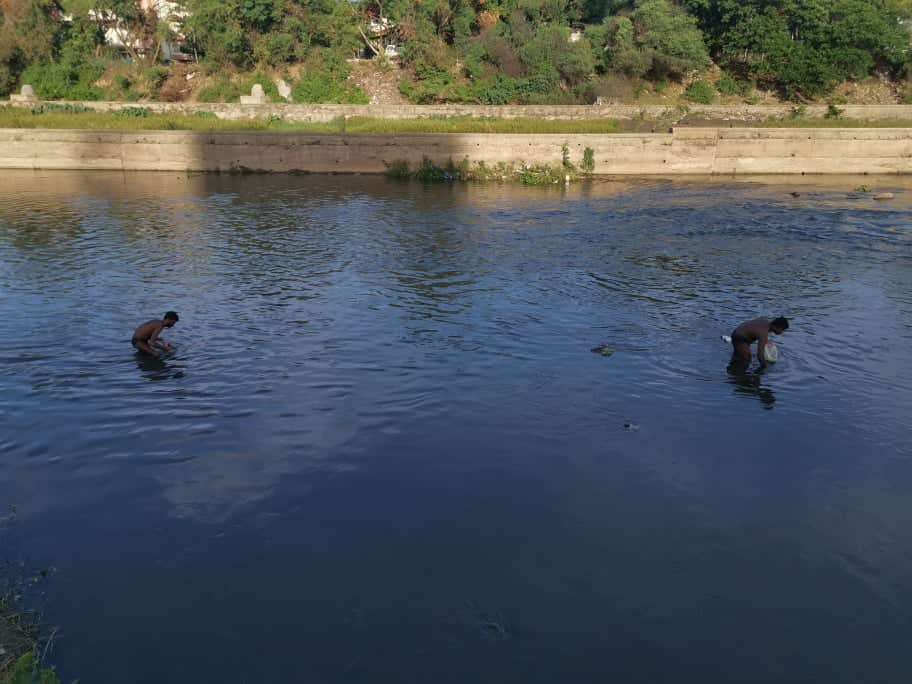
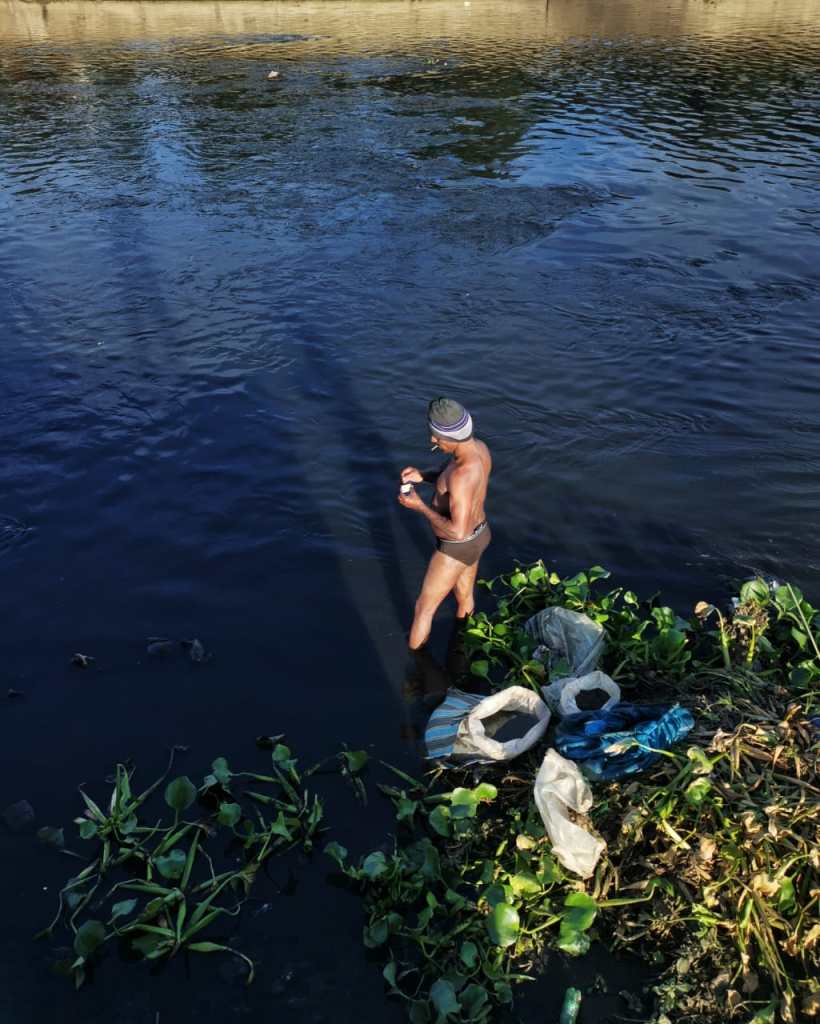
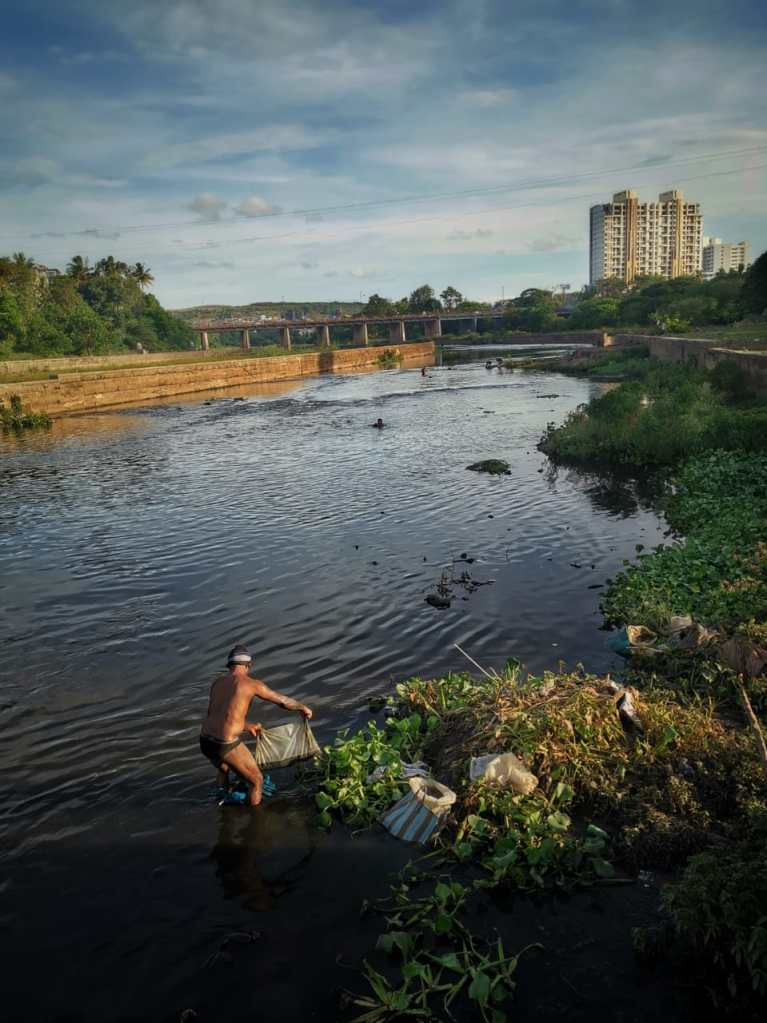
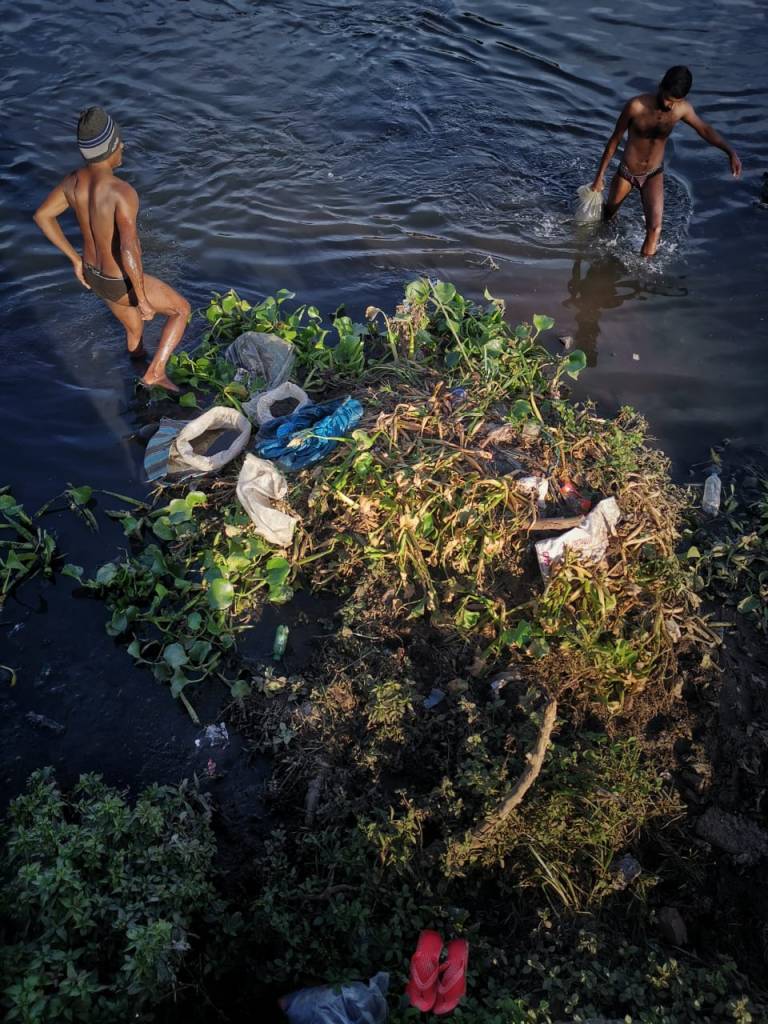

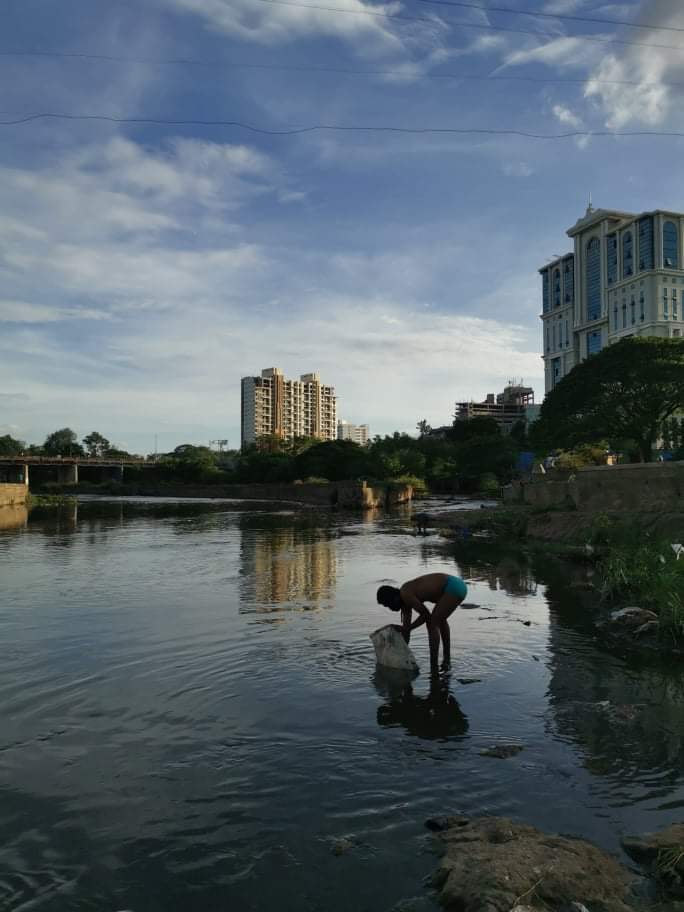
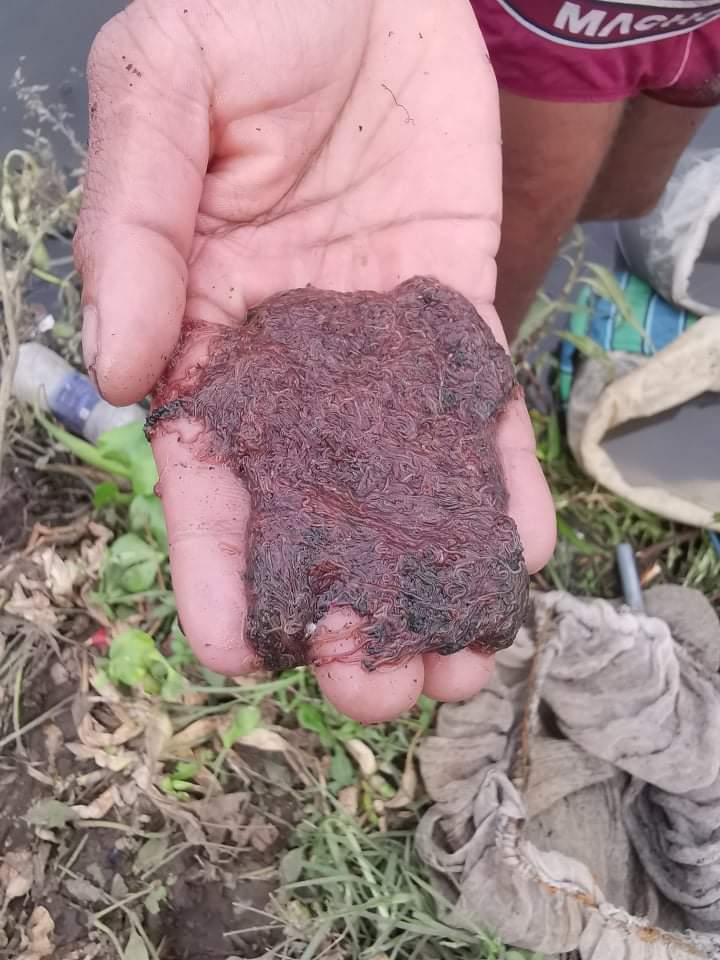
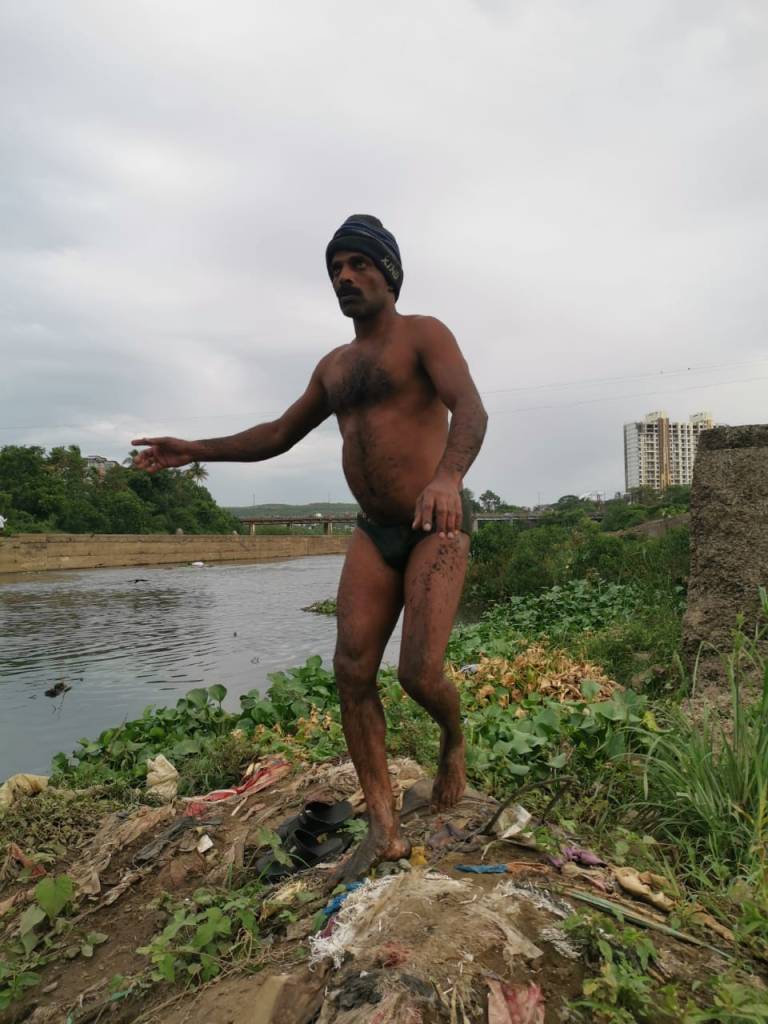
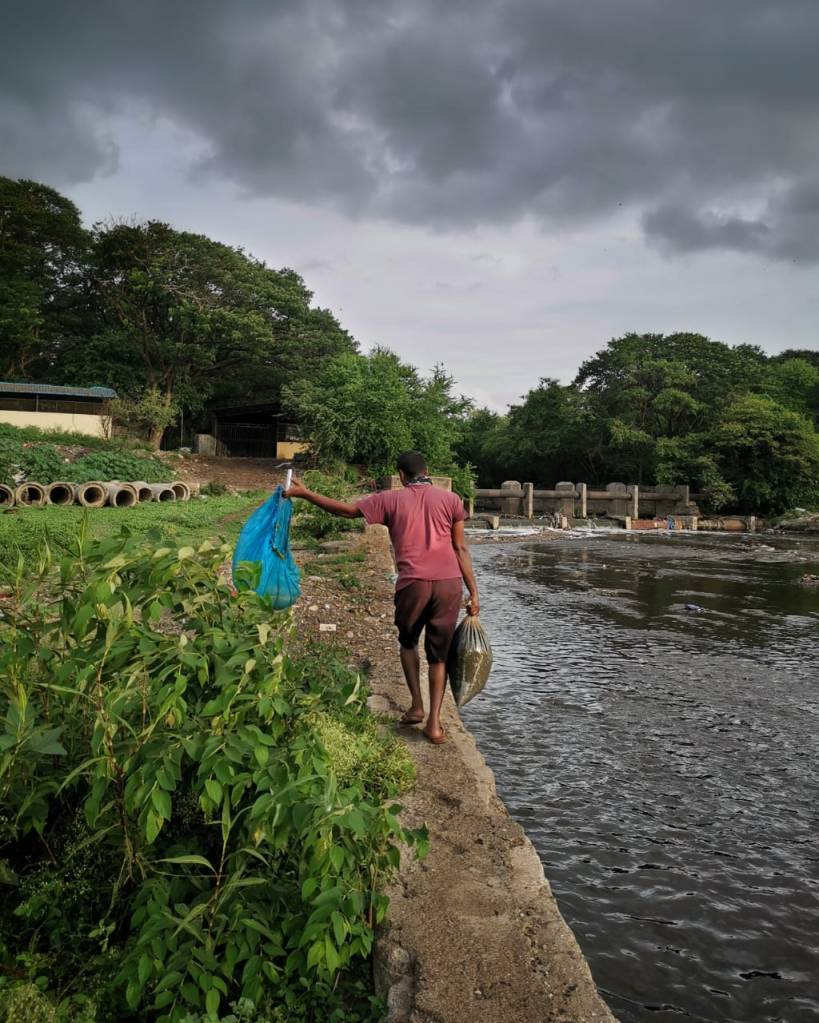
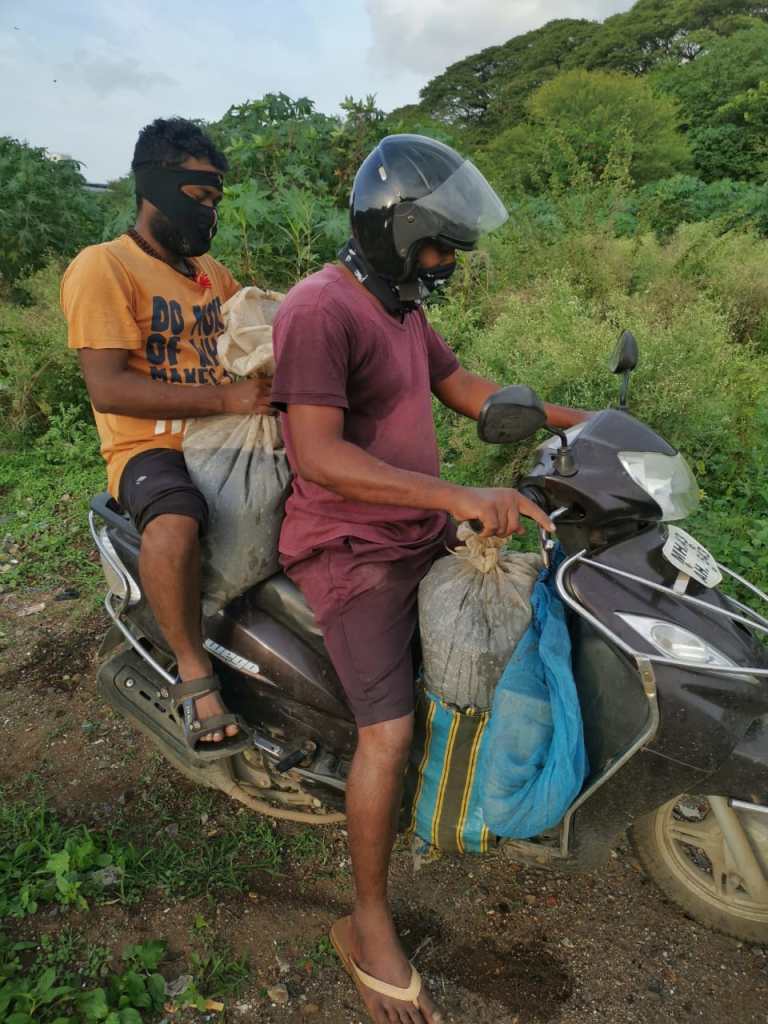
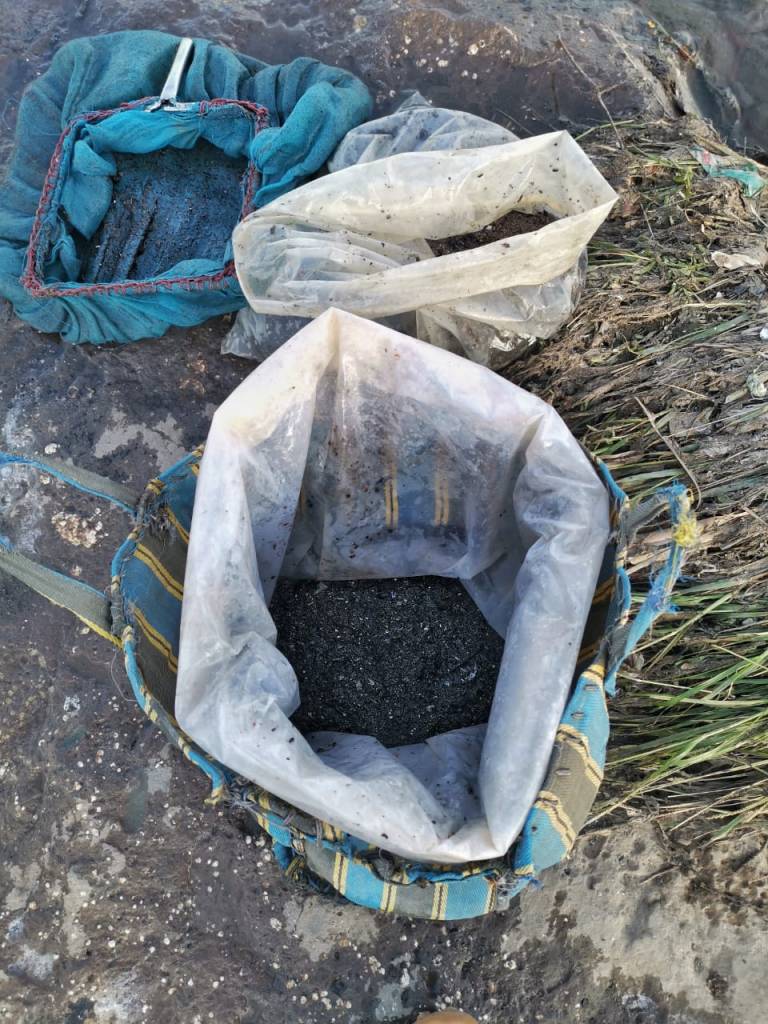
In the next part of the Photo Story, I will try and share the journey of these worms which grow in pollution and are then used in affluent homes and glitzy stores to feed freshwater fish, also captured and reared unsustainably.
This photo feature has been sourced from SANDRP. Check the original blog here.


















